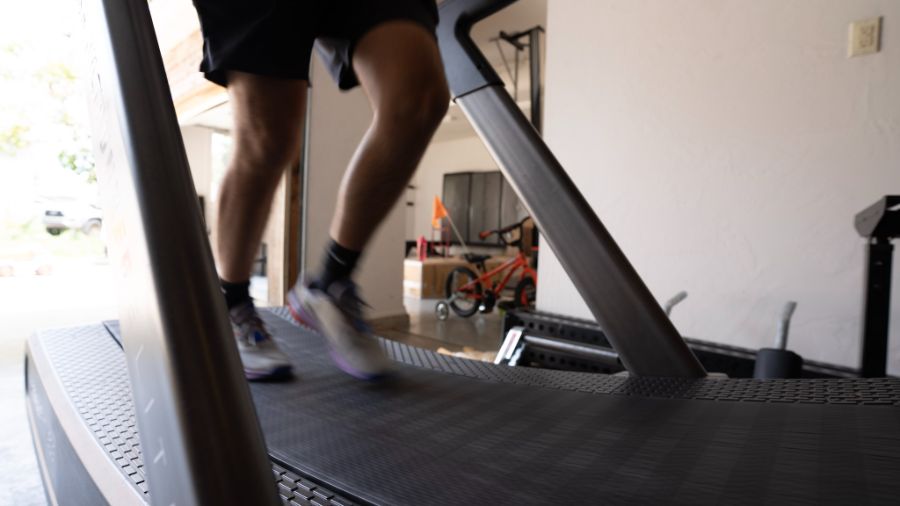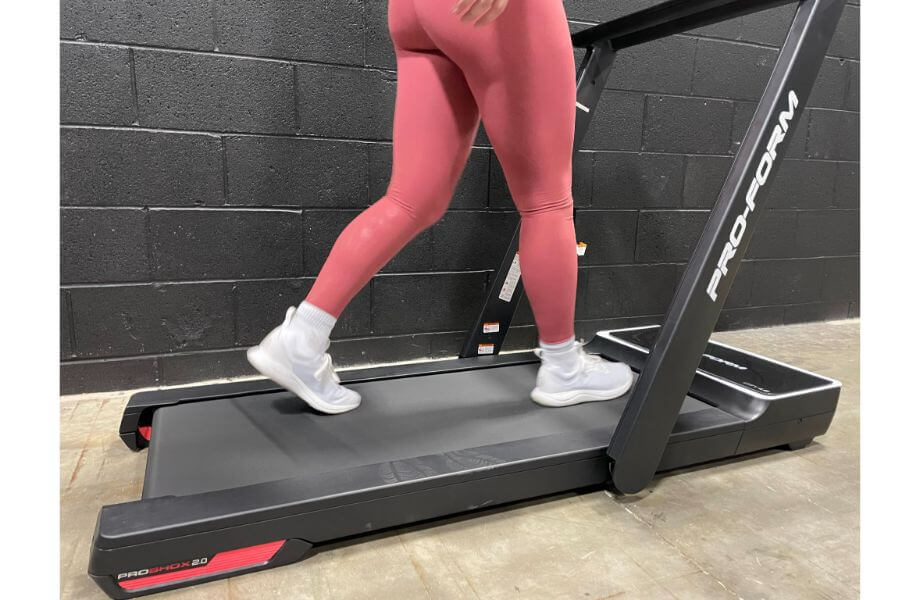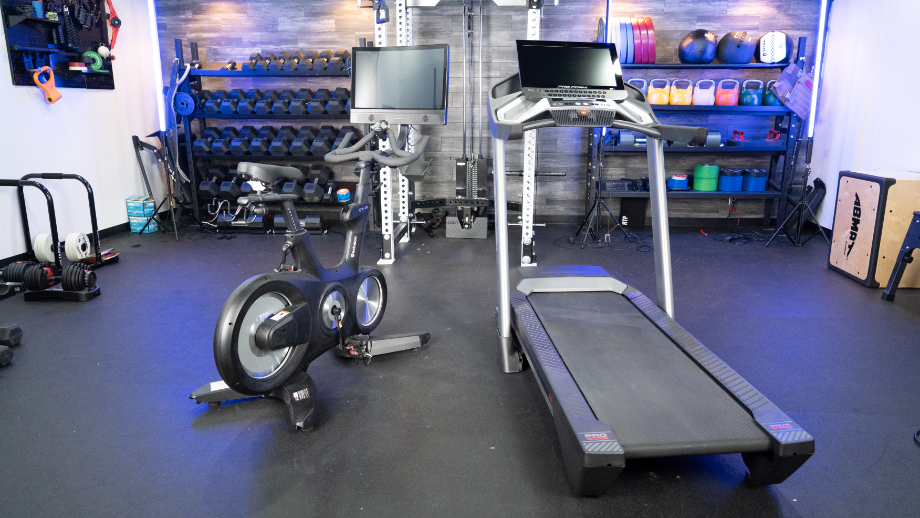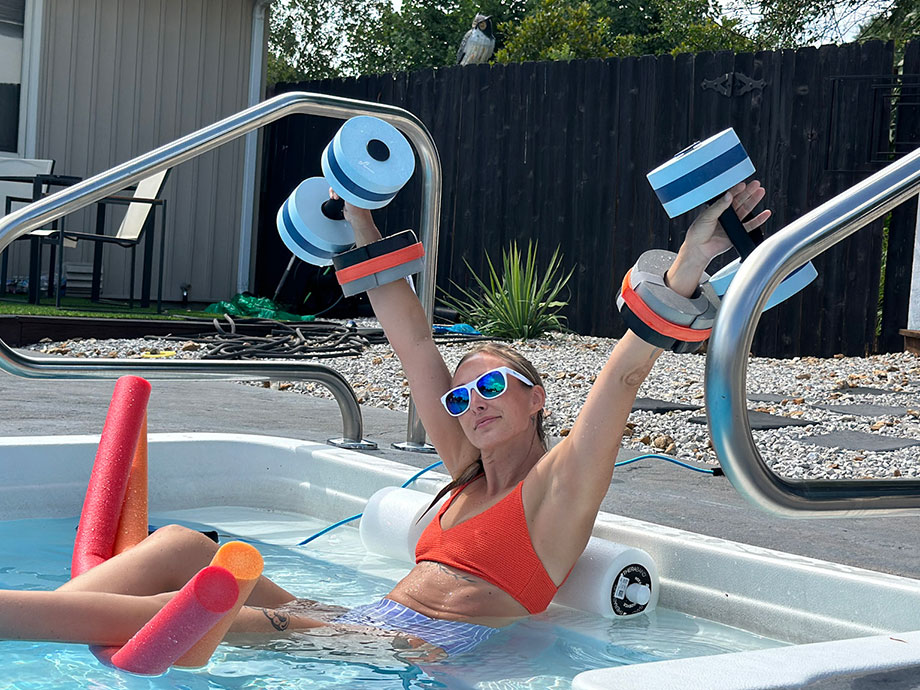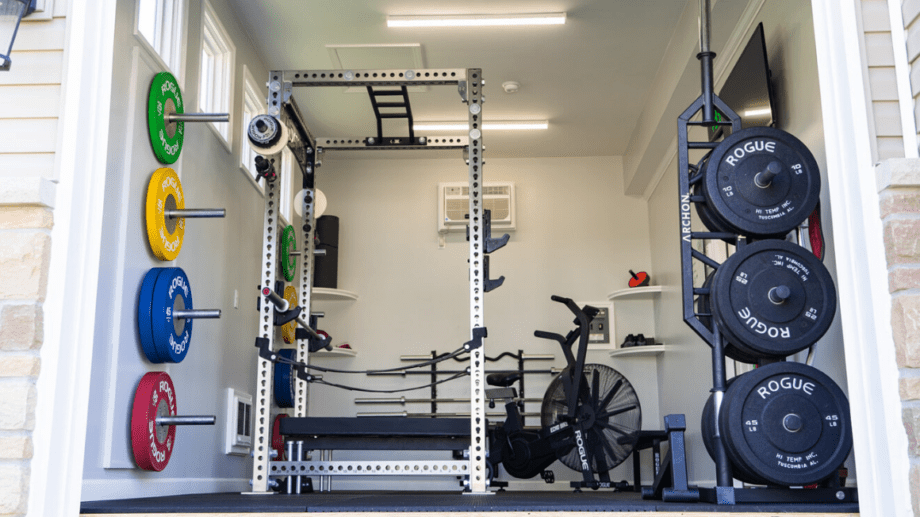There are a slew of health benefits to running, from boosting immunity1 to improving joint health2 to positively impacting your mental health3. Running is also an easily accessible form of exercise, since you can just strap on a pair of sneakers and hit the pavement—no cardio equipment needed. (Of course, if you want to work out on a treadmill instead, we have recommendations for the best treadmills).
But jumping into a new running program can feel intimidating, especially if you’re a beginner runner carrying some extra weight and it’s been a while since you’ve exercised regularly. If you’re looking for tips on how to start running when overweight, you’ve come to the right place.
The TL;DR is that you should start slow and work your way up as your body adjusts to your new lifestyle. But here’s a more in-depth step-by-step to get you started.
Get Clearance From Your Doctor
Regardless of your body weight, the first step in starting a new running routine is to get clearance from your doctor. This is especially important if you have any existing health conditions4, like heart disease, diabetes, high blood pressure, kidney disease, arthritis, and cancer.
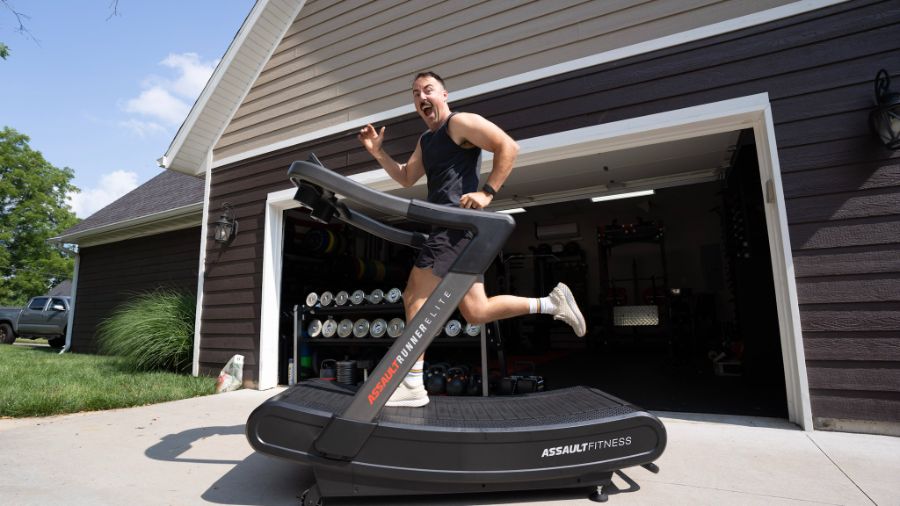
If you do have an underlying condition, it doesn’t automatically count you out, but your doctor may recommend an exercise stress test to assess your fitness level and make sure your body can handle the cardiovascular stress of running.
Buy The Right Gear
Once your doctor gives you the OK, the next step is upgrading your running gear. You don’t have to spend a bunch of money, but the right running shoes, compression pants, and/or moisture-wicking clothes can help reduce discomfort and minimize the potential for chafing.
Note: It’s a good idea to replace your running shoes every 200 to 600 miles5 or so. After a certain amount of wear, the cushioning and sole of your shoes can break down, which can lead to discomfort and/or joint pain. Replacing them as needed can keep you comfortable and reduce your risk of injury.
Get Your Form Down
It’s also important to make sure you have good running form.
“The proper running technique is vital for preventing injuries and making sure you’re comfortable before and after your runs. Good posture will also make your runs feel easier,” says Amanda Capritto, certified personal trainer (CPT) and GGR editor. On the flipside, running with bad form can lead to:
- Back pain, joint, and knee pain
- Ankle stiffness
- Groin strain
- Tendonitis
To reduce your chances of experiencing this, relax your shoulders, keep your chest upright and your eyes forward, and make sure your neck and head are in line with your spine.
“Instead of forcing a foot strike and stride length, go with what feels natural to you,” says Amanda. Check out our in-depth guide if you want to dive deeper into good running form.
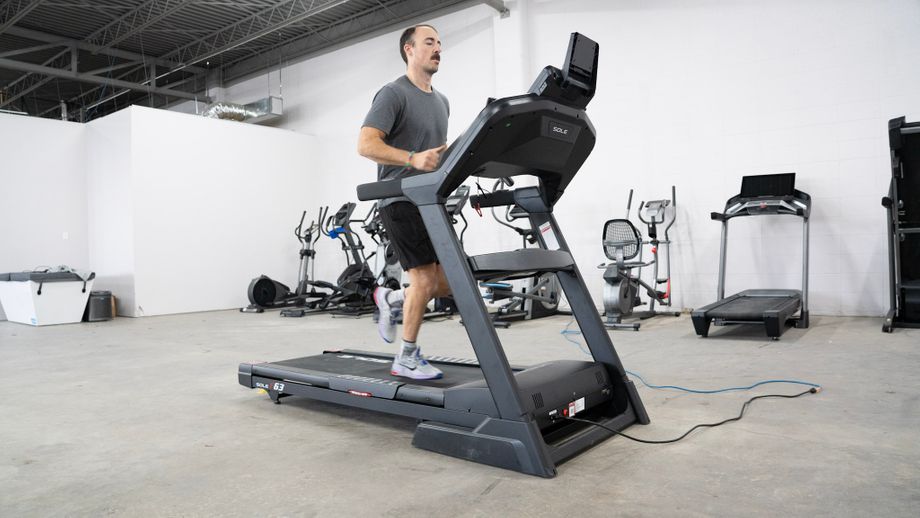
Walk Before You Run
You’ve probably heard the phrase “walk before you run,” and while this is often meant figuratively, it’s quite literal, too. Overweight runners and those with a higher BMIs are especially prone to shin splints6, which can be caused by going too hard, too fast.
When you’re just starting out, don’t expect to hit the pavement at full speed. Instead, start with a comfortable walk, work your way up to a power walk, then a jog, and then a run.
Of course, you can vary your speed, too, and do intermittent walk/runs. “If you can’t sustain a higher speed for a long time, do what you can. Walk for a few minutes, then jog or run for as long as you can, then slow it back down to a walking speed,” says Amanda. Do this until you’re comfortable sustaining a run for a longer period of time.
If you need a training plan to get you started, you can try this HIIT-style workout (which may help burn body fat at a faster rate7, if that’s your goal):
- Warm up with a 5-minute walk. This gets your heart pumping and loosens up your muscles to prepare for higher intensity work.
- Run or jog for one minute, and then drop back down to a brisk walk.
- Sustain this brisk walking pace for two minutes, making sure your heart rate is still up.
- Repeat this interval training for 20 minutes.
- Cool down with a lighter, 5-minute walk.

Build Up Gradually
In addition to slowly increasing your speed, you’ll also want to build up duration and mileage gradually. A June 2013 report published in PM & R: The Journal of Injury, Function, and Rehabilitation8 recommends increasing weekly mileage or duration by no more than five to 10% each week. That means if you run one mile one week, you should aim for 1.05 to 1.10 miles the next week.
If you’re measuring duration over distance, the same calculations apply. If you run for 15 minutes one week, aim for 15 minutes and 45 seconds to 16 minutes and 30 seconds the next week.
If you need help, you can have a personal trainer develop a training schedule or running plan that you can follow. This is especially helpful if you have longer-term goals, like eventually running a 5K or even a half marathon (aim high!).
Incorporate Strength Training
Many people think the key to becoming a better runner is simply to run faster and longer. While that’s definitely a big part of it, the June 2013 report shows that preemptive strength training can increase muscle strength in the feet, ankles, hip abductors, quadriceps, and core, which can not only make you a better runner, but can reduce your risk of injury, too.
In a study published in Sports Medicine9 in May 2018, adding strength training sessions of different modalities two to three times per week improved the performance of middle- and long-distance runners.
RELATED: Post-Run Stretches
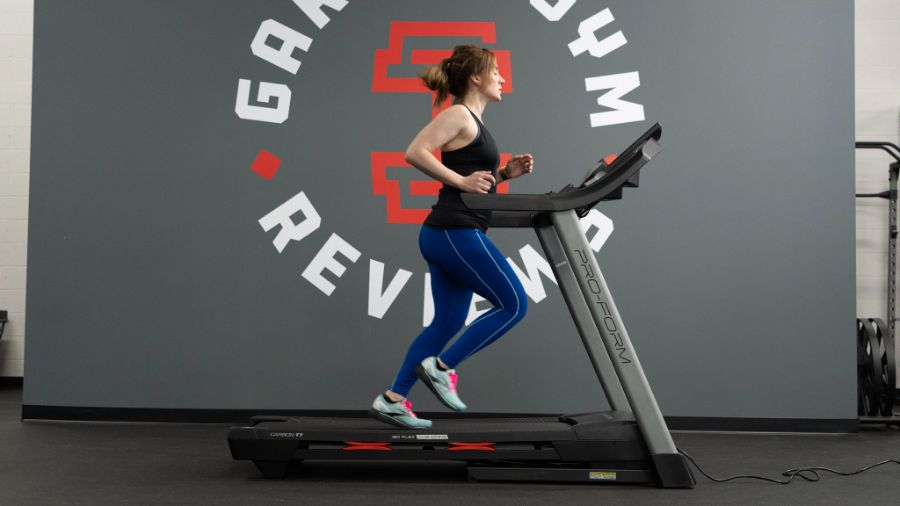
Take Your Rest Days
Rest days aren’t just a mental break from exercise. They give your body the chance to repair the tissues damaged during exercise and are important for injury prevention. “Aim for at least one rest day per week, but if you’re feeling extra sore, you can bump it to two to three,” says Amanda.
Eat A Healthy Diet
Running consumes a lot of energy, and a healthy diet can ensure that you have enough sustenance to get you through your workouts. Revamping your eating is especially important if you have weight loss goals.
There’s no one-size-fits-all solution here, but in general, carbohydrates can provide energy for your runs, while protein (in the form of lean meat or a high-quality protein supplement) post-workout can improve muscle repair and reconditioning10.
How To Start Running When Overweight: Final Thoughts
If you’re a new runner, beginning a training program can feel pretty intimidating, but the key is to start slow and gradually work your way up to faster speeds and longer distances. It’s also important to wear the right running gear, practice proper running form, and make sure you’re not pushing yourself too hard.
Keyword: Q&A
Is It Harder To Run If You Are Overweight?
Extra pounds can put strain on your joints and increase your risk of shin splints and knee pain. “So yes, in theory, it can be harder to run if you are overweight. However, gradually increasing your speed and intensity can reduce your risk of overuse injuries,” says Amanda.
Can Running While Overweight Hurt You?
Being overweight or obese can increase your risk11 of developing exercise-related injuries, but ultimately, a regular running routine will help more than it hurts. “As long as you get the OK from your doctor, start slowly, and maintain good running posture, your chances of injury are fairly low,” says Amanda.
How Do I Start Running When I’m Out Of Shape?
The key is to start slowly and work your way up. If you’re new to running, start with brisk walking and then increase the speed gradually until you’re able to sustain a comfortable running pace. Don’t put pressure on yourself to go from doing nothing to running several miles. It’s a process, and as your body adapts, you’ll be able to do more. Consistency really is key here.
References
1. Nieman, D, Wentz, LM. The compelling link between physical activity and the body’s defense system. Journal of Sport and Health Science. 2019; 8(3): 201-217. doi: 10.1016/j.jshs.2018.09.009.
2. Ponzio, DY. Syed, UA, Purcell, K, Cooper, A, Maltenfort, M, Shaner, J, Chen, A. Low prevalence of hip and knee arthritis in active marathon runners. The Journal of Bone and Joint Surgery. 2018; 100(2): 131-137. doi: 10.2106/JBJS.16.01071
3. Kvam, S, Kleppe, C, Nordhus, I, Hovland, A. Exercise as a treatment for depression: A meta-analysis. Journal of Affective Disorders. 2016; 202: 67-86. doi: 10.1016/j.jad.2016.03.063.
4. Mayo Clinic. Exercise: When to check with your doctor first. February 24, 2021. Accessed: October 19, 2023.
5. Escamilla-Martínez E, Gómez-Martín B, Fernández-Seguín LM, Martínez-Nova A, Pedrera-Zamorano JD, Sánchez-Rodríguez R. Longitudinal analysis of plantar pressures with wear of a running shoe. Int J Environ Res Public Health. 2020;17(5):1707. doi:10.3390/ijerph17051707
6. Winkelmann ZK, Anderson D, Games KE, Eberman LE. Risk factors for medial tibial stress syndrome in active individuals: an evidence-based review. J Athl Train. 2016;51(12):1049-1052. doi:10.4085/1062-6050-51.12.13
7. Viana RB, Naves JPA, Coswig VS. Is interval training the magic bullet for fat loss? A systematic review and meta-analysis comparing moderate-intensity continuous training with high-intensity interval training (HIIT). Br J Sports Med. 2019;53(10):655-664. doi:10.1136/bjsports-2018-099928
8. Vincent HK, Vincent KR. Considerations for initiating and progressing running programs in obese individuals. PM R. 2013;5(6):513-519. doi:10.1016/j.pmrj.2013.03.008
9. Blagrove RC, Howatson G, Hayes PR. Effects of strength training on the physiological determinants of middle- and long-Distance running performance: a systematic review. Sports Med. 2018;48(5):1117-1149. doi:10.1007/s40279-017-0835-7
10. van Loon LJ. Role of dietary protein in post-exercise muscle reconditioning. Nestle Nutr Inst Workshop Ser. 2013;75:73-83. doi:10.1159/000345821
11. Kim J, Yoon JH. Does obesity affect the severity of exercise-induced muscle injury?. J Obes Metab Syndr. 2021;30(2):132-140. doi:10.7570/jomes20100


